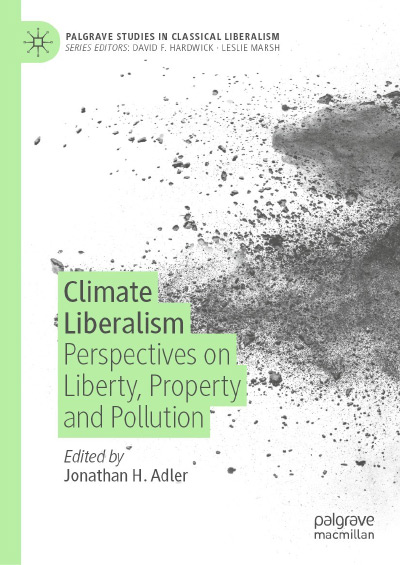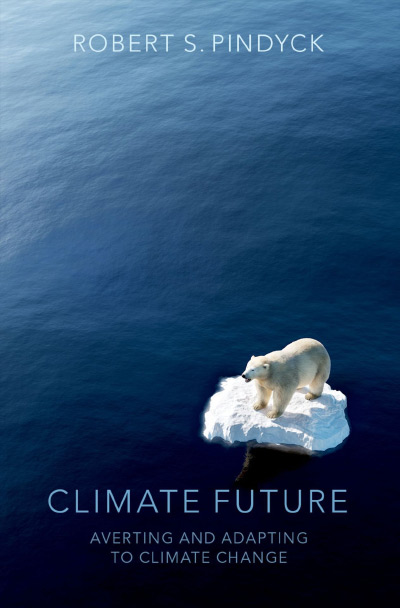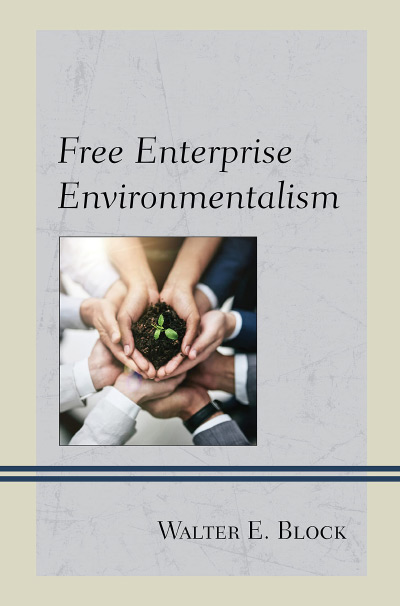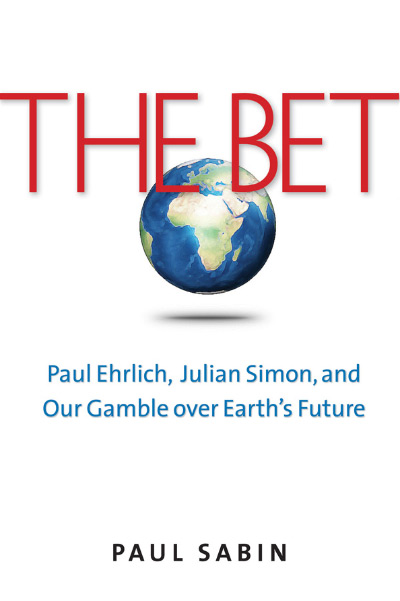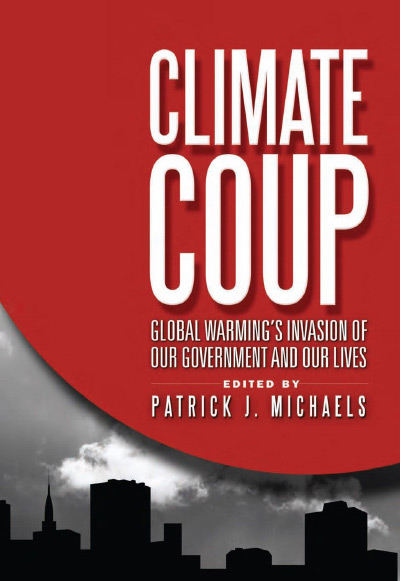In politics, special-interest groups would love to have a regulatory trump card to play in order to ensure that their priority defeats everyone else’s. Radical environmentalists are no exception. They have spent years promoting their proposals at all levels of government. Today’s greens think locally and act globally. They now have a creed they would like to insert into regulatory policy that would serve as their trump card: the precautionary principle. In practice, this principle would be a foolproof means of stopping any economic activity they dislike.
At the 1992 Rio Conference on Sustainable Development, the United Nations (UN) formalized the precautionary principle by stating, “In order to protect the environment, the precautionary approach shall be widely applied by States according to their capabilities. Where there are threats of serious or irreversible damage, lack of full scientific certainty shall not be used as a reason for postponing cost-effective measures to prevent environmental degradation” (United Nations, “Rio Declaration on Environment and Development,” Rio de Janeiro, June 1992).
Simply put, the precautionary principle is the notion that governments should impose regulations to prevent or restrict activities that raise potential threats of harm to human health or the environment, even though scientific evidence regarding the severity—or even the presence—of the threats may be incomplete. Many environmentalists, especially those in Europe, invoke the principle to justify proposed restrictions on everything from pesticides and food additives to cell phones and biotechnology. In their vision, regulators should be required to consider potential costs that the application of new ideas may pose but should not be allowed even to consider costs that new regulations may inflict. Imposition of such rules, however, might make our population and the environment worse off than they otherwise would have been because it would slow technological progress toward risk reduction, which is the best way to reduce society’s vulnerability to serious environmental threats.
Naturally, openly espousing so stark a philosophy would attract few sympathizers. Therefore, defenders of the precautionary principle have tried to soften its image, and in doing so they have gained many converts to the precautionary cause. In an effort to rescue the precautionary principle from radical environmentalists, the European Union (EU) formalized its own vision of precaution in a communication of February 2000. The EU details several conditions that must be present for regulators to invoke the principle: actions must be proportional to the chosen level of protection, nondiscriminatory in their application, consistent with similar measures already taken, and based on an examination of the potential benefits and costs. This version, too, however, leaves much room for discretionary decision making, which the EU argues is necessary for lawmakers to respond appropriately to situations involving scientific uncertainty. Nevertheless, the EU asserts that “It would be wrong to conclude that the absence of a definition has to led to legal uncertainty” (European Commission, Communication from the Commission on the Precautionary Principle [Brussels: European Union, 2000], p. 9.) Clearly, however, even this partially circumscribed version of the precautionary principle is intended to give legislators broad leeway in using precaution to respond to outcries from activist constituencies.
Environmental scholar Indur Goklany disagrees with both the UN and the EU visions. In his new book The Precautionary Principle: A Critical Appraisal of Environmental Risk Assessment, he makes a powerful case that many environmentalists have misapplied the plain language of the precautionary principle, a concept he argues was intended originally to be a general notion recommending that policymakers choose rules to produce net reductions in environmental and public-health risks. Instead, environmentalists have turned the precautionary principle into a regulatory nightmare, transforming precaution into something quite different.
Goklany takes a novel tack, arguing that the attraction the precautionary principle holds for many in the general public is that its plain language indicates only a“look before you leap” sensibility that strikes people as intuitively reasonable. Read properly, the precautionary principle compels regulators to look, but then to let people leap when the evidence indicates that a technology will yield net benefits. In Goklany’s interpretation, the precautionary principle insists that both the risks of adopting a new technology and the risks of technological stagnation be examined in regulatory decision making. According to him, genuine precaution is impossible without conducting some sort of risk-risk assessment. By pushing this view, he rejects many European environmentalists’ claim that risk analysis is ineffective as a barometer of the environmental costs of economic activities.
The bulk of Goklany’s book is dedicated to applying his novel interpretation to three environmental issues that play a key role in modern-day environmentalism: agricultural biotechnology, the pesticide DDT, and global climate change. In each case, Goklany takes the severity of each problem and the potential risks of each technological response into account in analyzing potential regulatory responses. For each issue, he considers the risks present on both sides of the regulatory equation, weighing the consequences of enacting informed rules against those of a nonregulatory approach. In each case, he shows why a regulatory response that restricts technology always harms consumers in the long run and that, in these instances, the risks of imposing stringent rules exceed the risks of allowing entrepreneurs themselves to deal with potential problems their products might cause.
According to the World Health Organization, historically a strong positive correlation exists between the availability of DDT and the ability of public-health officials in poor nations to prevent the spread of malaria. In many of these nations, malaria was nearly eradicated in the early 1960s, only to return after DDT had been banned. Imposing a global ban on DDT use effects net harms on poor nations in the form of greater death and disease rates, which outweigh the benefits experienced in wealthy nations. Thus, Goklany asserts that applying the precautionary principle in an informed manner requires that less-developed countries be allowed to use DDT to fight the spread of malaria.
He uses a similar approach to analyze prospective benefits and risks of agricultural biotechnology. Gene-spliced crops might improve agricultural productivity by as much as 69 percent by the year 2050. This projection, combined with biotechnology’s prospects for reducing applications of chemical pesticides, almost ensures that the adoption of gene-spliced crops will facilitate improvements in environmental quality. As for the risks, the negative public-health effects of consuming gene-spliced products are speculative or relatively minor. In most cases, it is possible to contain or eliminate those effects. Thus, Goklany concludes, when properly applied, the precautionary principle mandates that the development of agricultural biotechnology be allowed to proceed because it will produce net benefits for people living in both the wealthy and the poor countries.
Finally, on the issue of global warming, Goklany explains that a true risk-risk approach requires an understanding that environmental and public-health problems unrelated to climate change will outweigh the adverse impacts of climate change over the next several decades. Therefore, while developing measures to deal with global warming, we must not compromise our ability to deal with more important issues. Engaging in a crash program to reduce emissions of greenhouse gases may mitigate some adverse consequences of global warming, but those benefits would be outweighed greatly by the costs of reducing the availability of affordable energy in less-developed countries. Applying the precautionary principle to achieve a risk-risk approach entails ensuring that normal measures to reduce air pollution and energy-related costs be allowed to proceed while unjustified subsidies for energy production are removed. Such a policy would ensure that measures to deal with global warming and other environmental problems work together rather than at each other’s expense.
Goklany concludes his work by pointing out that less-developed countries stand to lose the most from traditional antitechnology applications of the precautionary principle. He likens technological progress and economic growth in less-developed nations to efforts to strengthen the body’s immune system to combat AIDS: “Just as someone suffering from AIDS is less immune to infectious diseases, no matter what the infection, so is a poorer society less immune to adversity, no matter what its proximate cause. And just as the drug AZT boosts the entire immune system of a person with AIDS, helping that person combat infection, economic growth boosts the ability of society to combat any adversity” (pp. 84–85).
Environmentalists should not be allowed to use their vision of the precautionary principle to force the public into false regulatory choices about risk based on the assumption that technological progress involves only potential harms and that delaying that progress results only in benefits. Handing environmentalists such a legal trump card not only would suppress the creative process, but also would distract people from dealing with other, more important risks to public health and the environment. Regulators should pay close attention to Goklany’s conclusions and appreciate that most wealthy nations traditionally have afforded their people considerable freedom to conduct scientific research and development. Suppressing that freedom would only prolong the poverty and disease that plagues poor countries.



